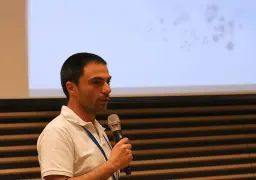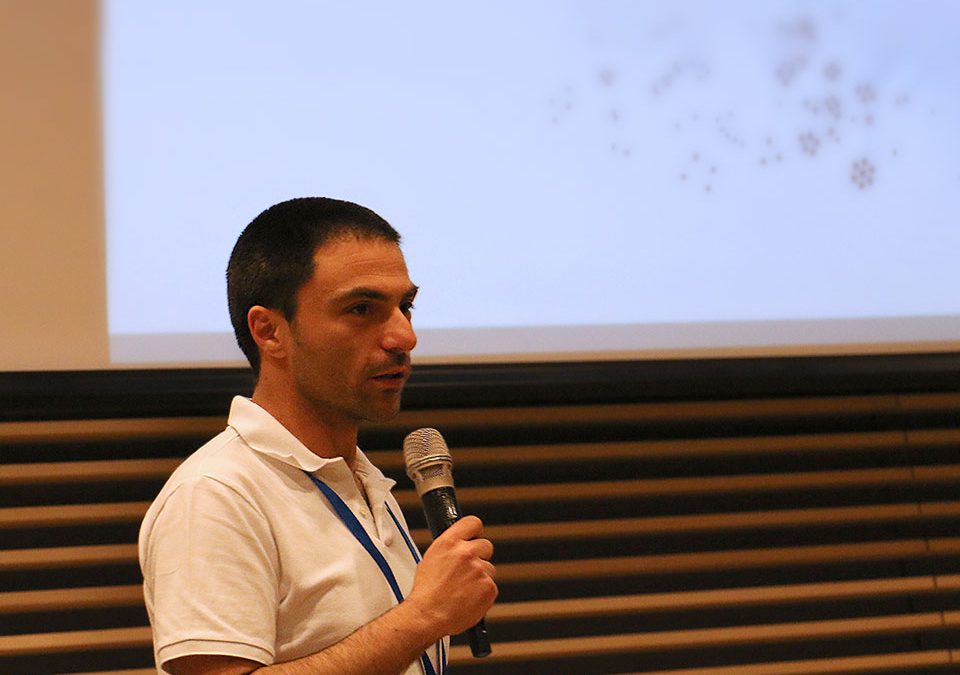– Europe/Lisbon
Room P3.10, Mathematics Building
— Online
Wavefunction zeros and single-quadrature tests of quantum non-Gaussianity
Quantum non-Gaussianity, i.e., the impossibility of a state being a mixture of Gaussian states, is a key resource in bosonic systems, especially in the context of continuous-variable quantum computation. Here we present a novel characterization of quantum non-Gaussianity in terms of the zeros of the Schrödinger wavefunction. Under a mild energy assumption, the wavefunction of a single mode admits a natural extension to a holomorphic function over the complex plane. This allows us to prove a Hudson-like theorem: a pure state is Gaussian if and only if its complex extension has no zeros, thereby making the presence of such zeros a faithful signature of non-Gaussianity. Exploiting the Gaussian dynamics of these complex zeros, we show that suitable phase shifts typically bring them to the real axis, where they become observable in some quadrature probability distribution. We then construct a certification protocol based on homodyne detection — a common and accessible measurement set-up — that allows us to witness quantum non-Gaussianity using data from only a single quadrature. Our work drastically simplifies the setup required to detect quantum non-Gaussianity in bosonic quantum states.

